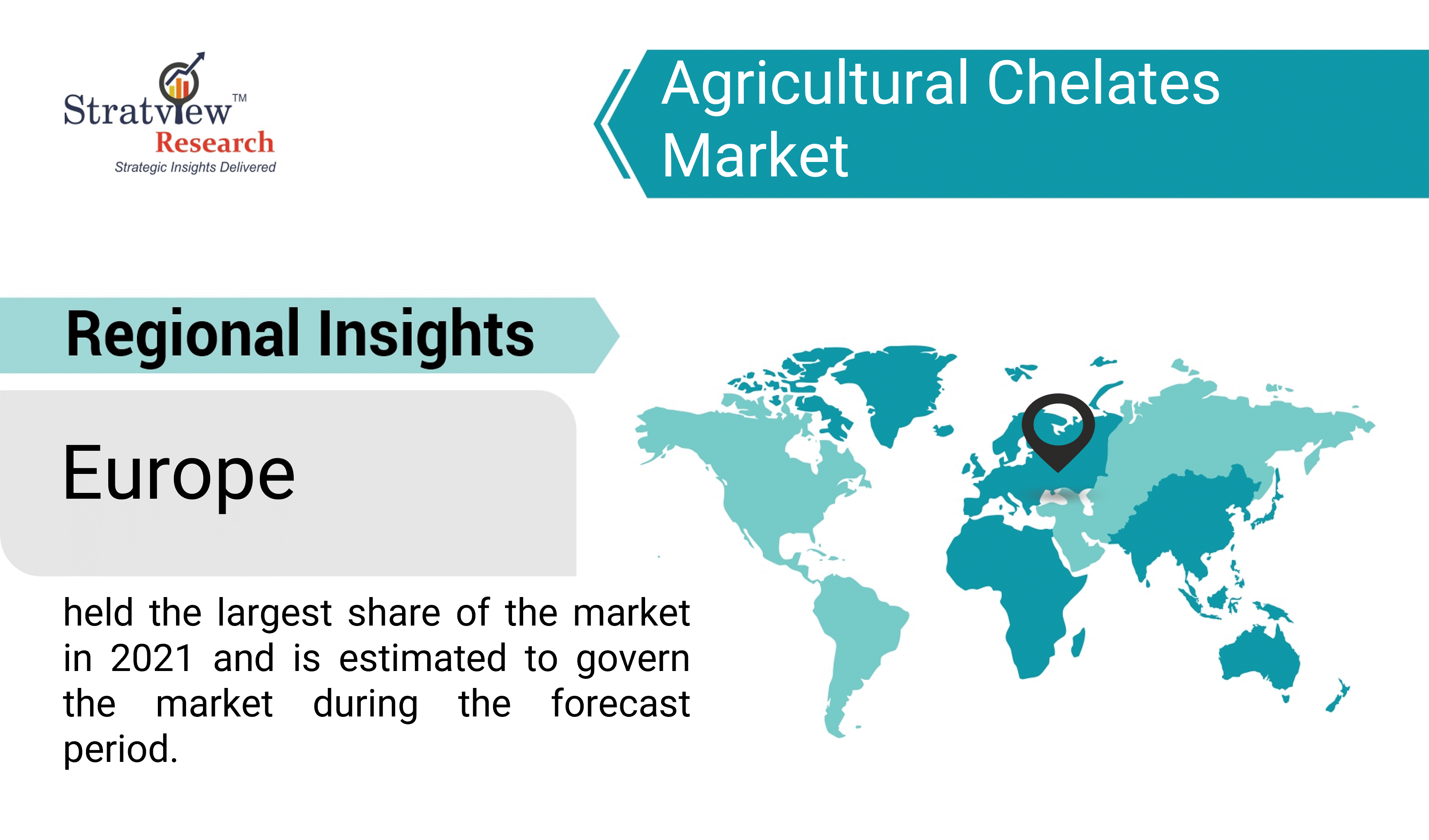Agricultural Chelates Market: Key Growth Drivers and Emerging Trends

The agricultural chelates market is experiencing substantial growth, driven by the increasing demand for more efficient and sustainable farming practices. Chelates play a critical role in enhancing the absorption of essential micronutrients by plants, which in turn improves crop health and yields. As global food demand rises and sustainable agriculture practices gain momentum, the agricultural chelates market is poised for rapid expansion. This article explores the key growth drivers and emerging trends shaping this dynamic market.
According to Stratview Research, the agricultural chelates market was estimated at USD 1.01 billion in 2021 and is likely to grow at a CAGR of 7.68% during 2022-2028 to reach USD 1.7 billion in 2028.
Key Growth Drivers
- Increasing Demand for Food Security: With the global population on the rise, the need for higher agricultural productivity is more pressing than ever. Farmers are increasingly turning to advanced solutions like chelates to boost crop yields and improve food security. Chelates enhance nutrient absorption in plants, especially in nutrient-deficient soils, ensuring that crops receive the necessary micronutrients such as iron, zinc, and manganese for optimal growth. This is driving widespread adoption of chelates in agriculture.
- Rising Adoption of Sustainable Farming Practices: Sustainability is a key focus in modern agriculture, with farmers looking for ways to reduce environmental impact while maintaining productivity. Agricultural chelates are gaining traction as they help in reducing nutrient runoff and minimizing the overuse of fertilizers. By improving the efficiency of nutrient uptake, chelates allow for reduced fertilizer application, leading to more sustainable farming practices. This aligns with the growing regulatory and consumer demand for eco-friendly and responsible agricultural solutions.
- Technological Advancements in Chelate Formulations: Technological innovations are significantly enhancing the efficacy of agricultural chelates. Modern chelate formulations are being tailored for specific crops and soil types, ensuring better performance in a variety of farming conditions. Chelates are now available in both synthetic and organic forms, catering to the needs of conventional and organic farmers alike. These advancements are making chelates more versatile and accessible, fueling market growth.
- Increasing Awareness of Micronutrient Deficiencies: There is a growing awareness among farmers and agricultural professionals about the importance of micronutrients in plant health. Micronutrient deficiencies in soil can lead to reduced crop yields and poor-quality produce. Agricultural chelates are being increasingly used to address these deficiencies, particularly in regions with highly alkaline or acidic soils where micronutrient availability is limited. This heightened awareness is contributing to the expanding demand for chelates.
Emerging Trends
- Bio-Based Chelates: A growing trend in the agricultural chelates market is the development of bio-based chelates. These environmentally friendly alternatives are gaining popularity among organic farmers and those looking to reduce chemical inputs in their operations. Bio-based chelates offer similar benefits to synthetic ones while minimizing environmental impact, making them an attractive option for sustainable agriculture.
- Precision Agriculture Integration: The integration of agricultural chelates with precision agriculture technologies is another emerging trend. By using data-driven insights and technology, farmers can apply chelates more efficiently and precisely, targeting specific areas of nutrient deficiency. This trend is expected to enhance productivity while reducing waste, further driving the adoption of chelates.
Conclusion
The agricultural chelates market is on an upward trajectory, driven by the need for increased agricultural productivity, sustainable farming practices, and advancements in chelate technologies. As awareness of micronutrient deficiencies grows and innovative solutions emerge, the market will continue to expand, playing a pivotal role in the future of agriculture.
- Questions and Answers
- Opinion
- Motivational and Inspiring Story
- Technology
- Live and Let live
- Focus
- Geopolitics
- Military-Arms/Equipment
- Security
- Economy
- Beasts of Nations
- Machine Tools-The “Mother Industry”
- Art
- Causes
- Crafts
- Dance
- Drinks
- Film/Movie
- Fitness
- Food
- Games
- Gardening
- Health
- Home
- Literature
- Music
- Networking
- Other
- Party
- Religion
- Shopping
- Sports
- Theater
- Health and Wellness
- News
- Culture

